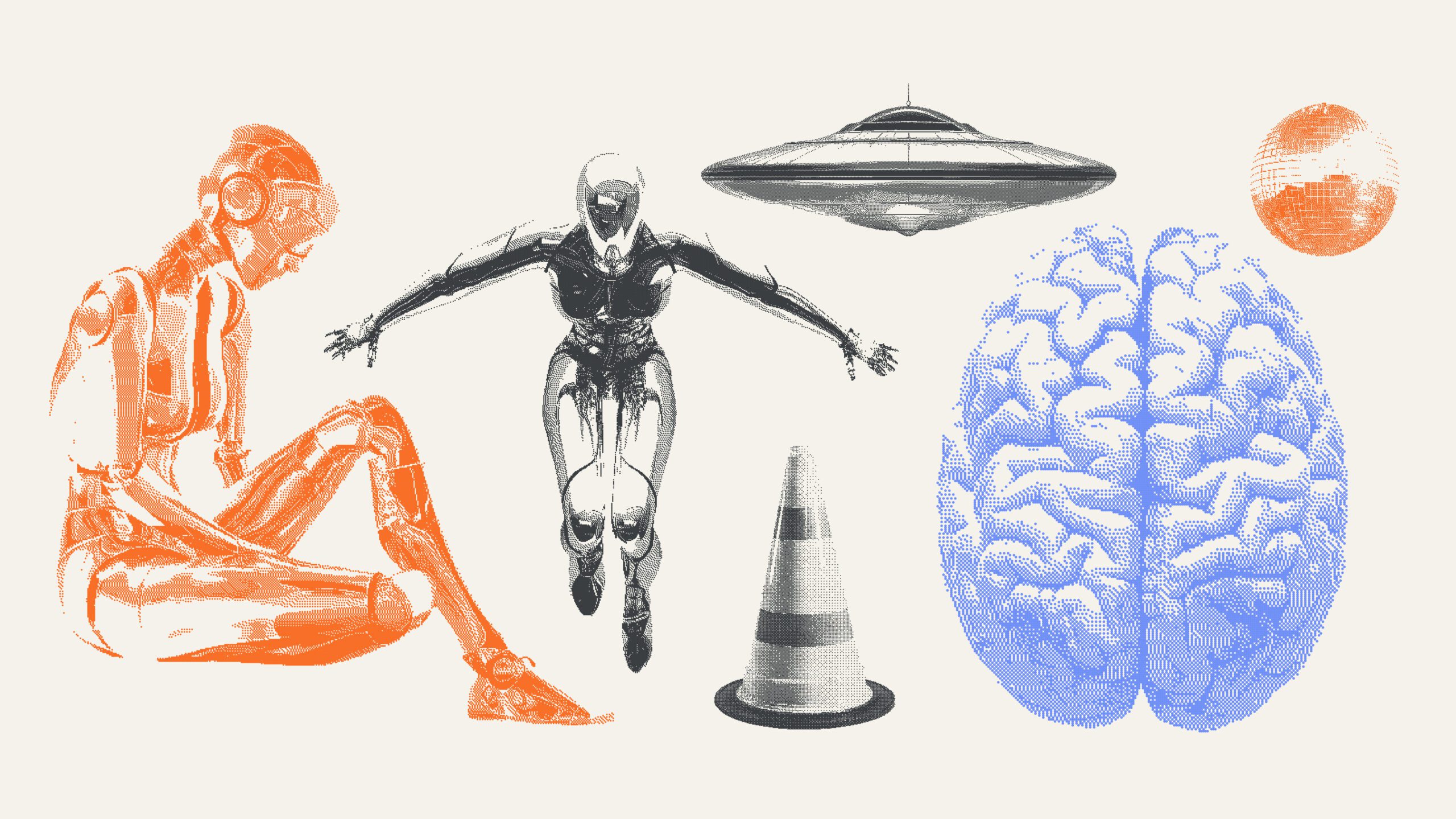At Geenee, we leverage AI to accelerate the creation of high-quality 3D assets for WebAR. Our process blends the efficiency of generative AI with the precision of manual refinement. AI generates base models and textures, significantly speeding up initial development, while our team of skilled artists fine-tunes these assets to ensure they meet the highest quality standards. This hybrid approach allows us to create detailed and optimized 3D content that aligns with brand needs. We’re also constantly innovating—exploring new techniques and tools to further streamline workflows and empower creativity.
What Are Generative 3D Models?
Generative 3D models are objects created using artificial intelligence (AI) and machine learning algorithms. Unlike traditional 3D modeling, which involves manual design in complex software, generative methods automate much of the process, resulting in faster, cost-effective, and scalable solutions.
These systems learn from extensive datasets to generate models. For example, a neural network might study thousands of furniture images to understand structures, textures, and geometry, then create a new design based on that knowledge.
How Generative 3D Models Are Made
- Text Descriptions: Users provide an object description, and the AI generates a model, e.g., “a red chair with metallic legs.”
- Photographs or Scans: The system creates a 3D replica from multiple images of an object.
- Procedural Generation: Parameters like size, shape, and texture are specified, and the model is built accordingly.
Advantages and Limitations
Advantages
- Speed: Create models in minutes, perfect for content-heavy WebAR projects.
- Cost-Efficiency: Reduce reliance on large teams of designers.
- Accessibility: Tools like Meshy democratize 3D content creation for non-specialists.
- Personalization: Tailor models to specific user needs.
- Optimization: AI-generated models are lightweight and browser-friendly.
Limitations
- Quality Variations: Models may need refinement for intricate details.
- Creativity Boundaries: Outputs are limited by training data.
- Post-Processing Needs: Many models require additional optimization.
Applications of Generative 3D Models in WebAR
Generative models are transforming industries:
- Marketing & Advertising: Virtual try-ons for fashion and accessories.
- E-commerce: Interactive product experiences like viewing furniture in AR.
- Education: Dynamic, detailed learning tools.
- Gaming: Procedurally generated in-game assets.
- Art & Culture: Digital art and exhibit replicas.
Geenee’s Approach to Generative 3D
At Geenee, we focus on maximizing the potential of generative 3D technology for WebAR. While AI can handle initial asset creation and texturing, our team ensures every model aligns with creative and technical standards through manual optimization. This hybrid approach not only saves time but also delivers the high-quality results brands and consumers expect.
We’re also committed to continuous improvement. From refining workflows to exploring new AI tools, we stay at the forefront of innovation to make generative 3D modeling faster, smarter, and more effective.
Conclusion
Generative 3D models are revolutionizing WebAR by reducing production time and unlocking creative possibilities. By combining the speed of AI with human artistry, Geenee delivers exceptional 3D experiences tailored to your needs. With a deep understanding of generative tools and best practices, we’re ready to bring your ideas to life—better and faster than ever before.
Learn more: Integrating AI into AR Workflows: Enhancing Realism with Neural Networks
